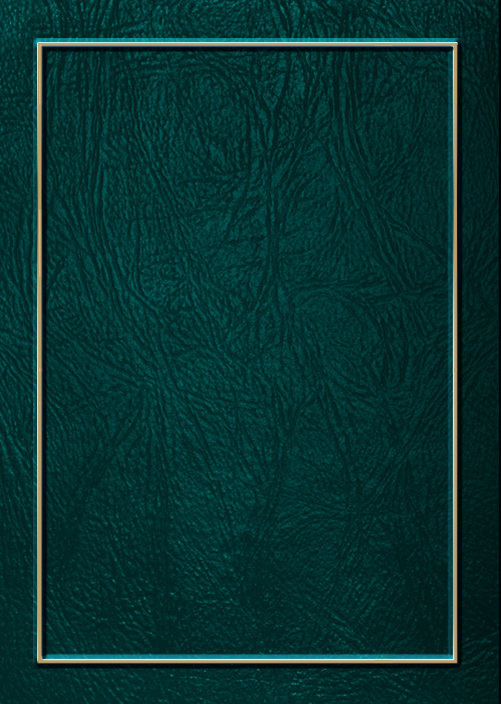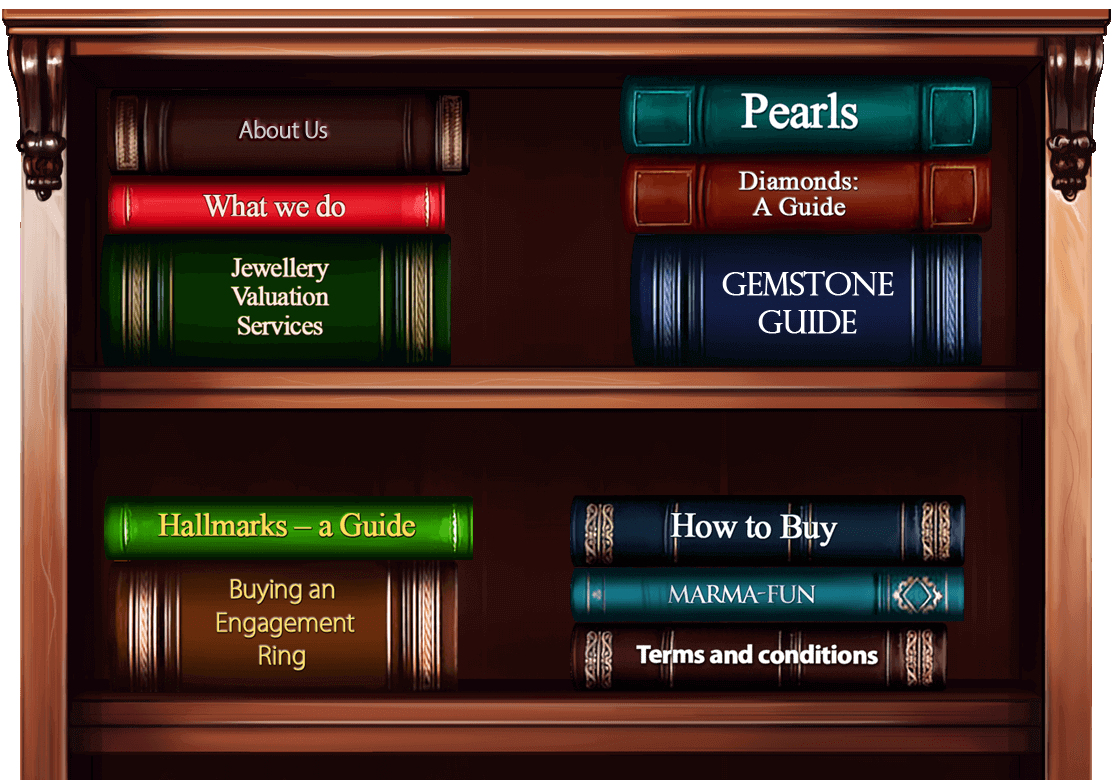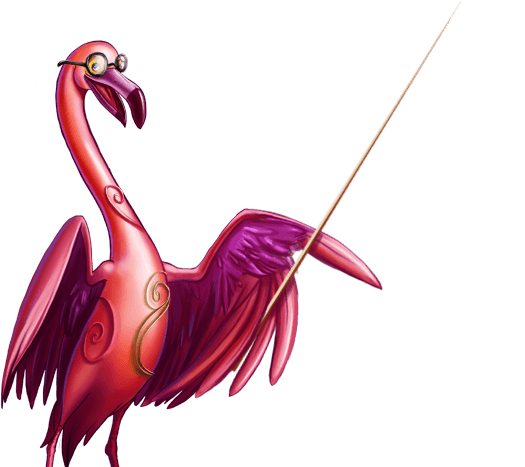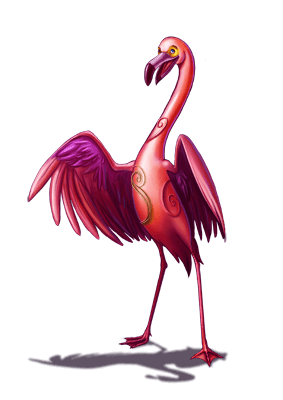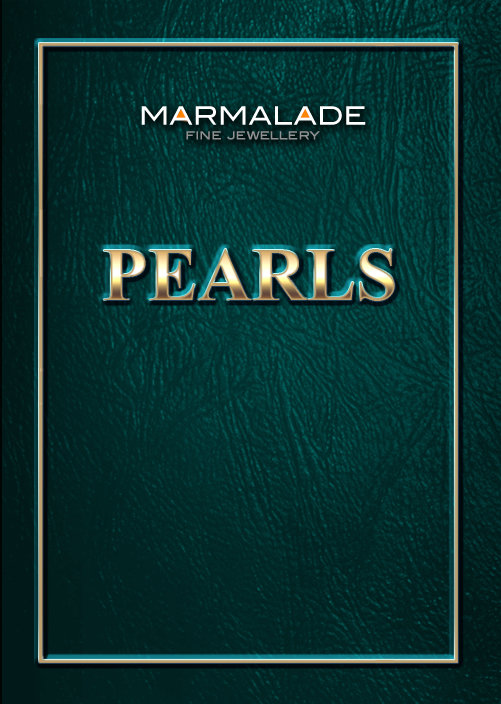
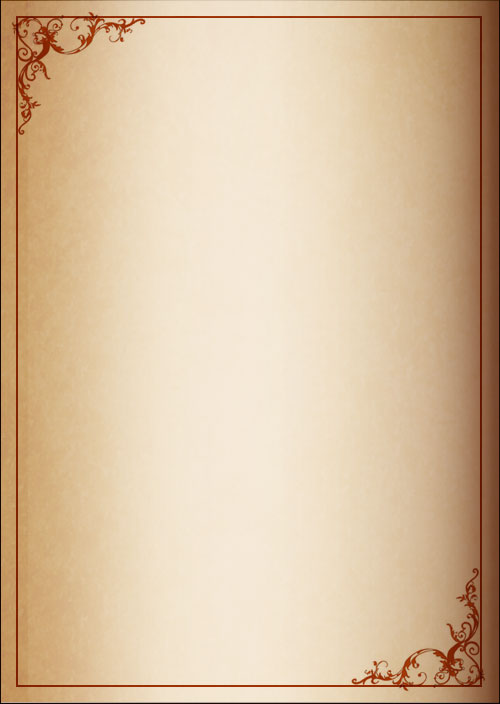
Pearls: A Brief Description
Pearls have been coveted and adored throughout history and across cultures, and is it any wonder, given their natural beauty?
Prized pearls are the roundest, largest, lustrous and cleanest ones, all considered treasures down the ages, even used as currency... but where do they come from? You may well ask.
A pearl is formed when the tissue inside an oyster is injured by a parasite. In response, the mantle tissue of the mollusc secretes nacre (mother of pearl) into the pearl sac.As the nacre builds up in layers around the parasite it fills the growing pearl sac and eventually forms a pearl. Natural pearls are formed by nature, more or less by chance and are extremely rare and astonishingly beautiful.
Desire has driven humans to culture pearls by putting a tissue graft from a donor oyster, into the mantle tissue so a pearl sac forms.
The oyster is then placed back in the water and allowed over several years to coat the nucleus with nacre, creating many layers.
Akoya, South Sea and Tahiti are the greatest homes of the Cultured Pearl, but with typically only one pearl grown per host at a time,harvests are still limited. The pearls are usually harvested after one year for Akoya, two to four years for Tahitian and South Sea, and two to seven years for freshwater pearls.
Freshwater pearls, wonderfully irregular in shape and colour, are the product of mussels that inhabit freshwater lakes and rivers. Typically there can be upwards of 25 pearls per host, so harvests are far more fruitful than for their saltwater cousins. (Cont...)
Technically, if freshwater pearls were the largest, roundest most lustrous pearls in the world, they could be worth as much as saltwater.
Possibly a little sadly, freshwater pearls aren´t as large and lustrous and there are so many of them that they are not as valuable as saltwater ones.
Whereas saltwater cultured pearls tend to be investment-grade quality, most freshwater pearls are closer to commercial quality jewellery in their prices. Regardless of their price or rarity, freshwater pearls are nonetheless beautiful and very economical. We think they´re rather lovely in their uniqueness.
Pearl Grading
In any pearl-grading system, six basic pearl traits are used in determining the quality and value of pearls. These are size, shape, colour, lustre, surface quality and nacre quality.
Size
Generally speaking, size counts in pearl world: the larger the pearl, the more valuable it is, but there are smaller pearls of such high quality that they pip the big ones to the price post.
In the case of natural pearls, size is dependant on the size of the oyster that produced the pearl, the length of time the pearl had grown inside the oyster, climatic and other environmental conditions. Size of a pearl is noted both in dimensions in millimetres and weightin carats or grains.
Shape
Pearls are found in seven basic shapes:
- Round
- Near-round
- Oval
- Button
- Drop
- Semi-baroque
- Baroque.
(Cont...)
The GIA classifies pearl shapes in three main categories:
- Spherical
- Symmetrical
- Baroque
The most desired shape for all types of pearls, whether freshwater or saltwater, and near-round pearls come under the spherical category; they have a uniform or nearly-uniform diameter all round. Oval, button and drop shapes are considered as symmetrical shapes, and can be divided into two equal halves through a median line. Semi-baroque and baroque are irregular shapes without a line of symmetry and fall under the baroque category.
- Spherical - round and near-round
- Symmetrical - oval, button, drop
- Baroque - semi-baroque and baroque
Among natural freshwater pearls the most common shape is baroque. Symmetrical shapes are rare, but something you´ll very rarely find is a round freshwater natural pearl.
Colour
A pearl's colour is recognised by its hue, overtone and orient. Allow us to explain.
- Hue is the overall pearl colour that you see on first impression.
- Overtone, which may or may not be present, is the secondary colour associated with the main colour, like pinkish-white.
- Orient or iridescence of a pearl, also not always present, is a colourful rainbow-like sheen caused by the scattering of light by the aragonite platelets in the nacre. It even sounds pretty, doesn´t it?
Freshwater pearls naturally appear in a positive rainbow of colour: cream, yellow, pink, rose, lavender, purple, blue, green, brown and red, and, in Scottishfreshwater pearls there are whites, grays, creams, peaches and lilacs. Beautiful!
Lustre
Lustre is responsible for the inner glow of the pearl; it´s what sets them apart from other gemstones and is the most important of all the pearl-beauty factors. Lustreis the reflective quality and brilliance of the surface of the pearl's nacre and is a measure of the quality and quantity of light that reflects from the surface and just under the surface of a pearl. The more lustrous a pearl, the more it shines and reflects light and images. When the lustre is low the pearl appears white and chalky and has a matte-like appearance.
Generally saltwater pearls tend to have more lustre than freshwater pearls.
The nacre is responsible for lustre. The thicker and more translucent the nacre, the more lustrous a pearl. When the aragonite plates overlap in such a way that the pearl appears lit from within, you´re in for a proper treat. (Cont...)
Surface Quality
Thanks to Mother Nature, pearls have flaws and blemishes,which prove their genuineness. A hundred percent blemish-free natural pearl does not exist, and, just like diamonds, a pearl that appears blemish-free to the naked eye, may tell a different story under a magnifying glass or microscope. GIA classifies surface quality into four categories:
- Apparently blemish-free or spotless, or contain minor blemishes not visible to the naked eye
- Lightly blemished
- Moderately blemished
- Heavily blemished
Nacre Quality
Nacre quality refers to both the thickness and translucency of the nacre, and both affect the pearl´s lustre. The depth or thickness of nacre layers can be determined only by inner inspection using optical fibres and soft X-ray apparatus, but a careful visual examination should give a rough indication of the quality of the nacre. Thin nacre, you can spot by a dull chalky appearance. A pearl with a good lustre is usually associated with thick translucent nacre.
World-famous Pearls
Number 10
For his most valuable two-strand pearl necklace and $100 cash to Morton Freeman Plant, Pierre Cartier, the renowned French jeweller,bought his new headquarters on Fifth Avenue, New York in 1917 and began business. It turned out that the two strands of fifty-five and seventy-three pearls were valued at one million dollars. Cartier had spent years assembling the natural pearl necklace because during the 1910s and 1920s, pearl necklaces ´commanded the same prices as the most expensive Rembrandts and similar works by Old Masters.´
Number 9
Christie´s auctioned off this stunning three-strand pearl necklace at New York Magnificent Jewels, ´a popular showcase for the unique and the beautiful.´ With 180 individual natural pearls of varying size, exquisitely matched and graduated ranging from 4.95 to 11.05 millimetres in diameter, the three-strand necklace is completed with an ornate cabochon emerald and diamond clasp. We like.
Number 8
With an exotically usual blue and gold silk cord joins this whopping five-strand natural-pearl necklace together. Sold by Christie´s in 2012, the pearls range in size from 4.10 to 11.35 millimetres. The innermost strand strings together sixty-three graduated natural pearls. The next strand is comprised of sixty-eight graduated natural pearls, followed by a strand of seventy-two pearls. The fourth and fifth strands both have seventy-three graduated natural pearls. It truly is something to behold.
Number 7
Natural grey pearls are so incredibly rare that this necklace went for$3 million at auction in 2002.The single string of thirty-eight graduated grey pearls, ranging in size from 11.4 to 6.8 millimetres, measures 43.2 centimetres in length. Back in the day it graced the neck of the late Lady Pearson, later Viscountess Cowdray, where it was delicately clasped with a mixed-cut diamond clasp, which adds to the striking beauty and elegance of the necklace.
Number 6
Discovered in the waters off the Philippines in the 1930s, the ´Pearl of Allah´ is believed to be the largest natural pearl in existence. This unique baroque shaped pearl measures 24 centimetres in diameter and 9.45 centimetres in length and weighs just over 14 pounds. Despite its unappealing shape and its lack of lustre, the pearl is valued at $3.5 million. Who wants it? We can chip in a tenner, maybe.
Number 5
With 120 individual pearls ranging from white to a very light cream colour, this double-strand pearl necklace glows in subtle rosé and green overtones. The pearls are quite large, ranging from 6.50 to 12.25 millimetres in diameter, and the luxurious three-carat diamond clasp joining this double strand necklace together is signed by Cartier. In 2012, this necklace was sold by Christie´s for the princessly sum of $3.7 million.
Number 4
Valued at $4.7 million, this natural abalone pearl was discovered by diver Wesley Rankin in 1990. Weighing in at 470 carats, the baroque pearl is notable for its size and its iridescent pink glow. Abalone pearls are unique in that their nacre is multihued in tones of silver, orange, pink, green, blue and lavender. Rankin still owns it, enjoying his status as the largest abalone pearl dealer in the world and owner of the Pacific Coast Pearls company based in Petaluma, California.
Number 3
This two-strand Baroda pearl necklace is steeped in history. Born from sixty-eight pearls selected from the fourth, fifth, sixth and seventh rows of a seven-strand necklace, known as saath lahda, owned by the Maharajas of India, the necklace is joined together by a cushion-cut diamond clasp signed by Cartier. Each pearl is perfectly matched in colour, size and shape. With particularly large pearls, ranging from 10 to 16 millimetres in diameter, it was sold in 2007 for $7.1 million.
Number 2
La Peregrina, or the pilgrim, was once known once as the Phillip II pearl, the most celebrated pearl of its time. It´s big, it´s pear perfect and it´s radiant.Interrupting the exquisite string of pearls are equally spaced diamond floral patterns with ruby nestled in the centre.
In 1969, La Peregrina was purchased for a mere $37,000, by, you guessed it, actor Richard Burton for, you guessed it again, Elizabeth Taylor. It was sold by Christie´s in 2011 for $11.8 million.
Number 1
This one is truly staggering. In 2010, a very rare and expensive -- $139 million expensive -- pearl was unveiled in China. The ´Beauty of the Ocean´ pearl weighs six tonnes and is five feet high. It is the biggest manmade pearl in the world. Composed of fluorite, this gem was ground into a pearl shape over the course of three years. Discovered in Mongolia, this rare and precious pearl has a fabulous tendency to glow in the dark! It is the most expensive pearl on the market.
Pearl Stringing
After looking through those incredible pearls, maybe you feel the need to spruce your pearls up a bit. If you wear yourpearlsquite a bit, the thread can become dirty or stretched (which weakens it), so you may consider having your pearls or beads restrung. Clasps also break quite easily, or, heck, you might fancy a new clasp – bring your pearls up to date a bit. Just saying.
If restringing is on the horizon, there are a couple of things to know:
- Adding knots to a necklace which was previously unknotted will add approximately 5 centimetres to the length. If you´re after a specific finished length, please let us know before we start.
- It is not usually possible to tie off or repair ´just the bit that´s broken´, so we will always rethread the entire necklace.
- Even if only one strand is broken, you´re better off restringing the whole multi-strand necklace.
- Expect the necklace to come back a bit stiff and tight. This is perfectly normal; it will settle in after you´ve worn it a few times (which of course you will because it´ll be looking incredible again!).
- Some bead necklaces have holes that are too big to successfully rethread knotted. We´ll let you know, though.
- Pearls are valuable and deserve a bit of TLC occasionally. Don´t neglect them. Love them and they will love you back.
Care of Pearls
We all know the old adage: ´Put your pearls on last, and take them off first´, well it´s true. So do.
- Limit pearls´ exposure to acids, perfumes and other chemicals. It will come as no surprise that they do the pearls harm.
- Being a soft organic material, pearl doesn´t suit manual labour. Avoid wearing them to do the housework!They won´t look lovely for long if you do.
- The best you can do to keep your pearls in tip-top shape is to take a soft cloth and wipe your pearls with it after each use. That way grime and body oils won't build up on them and in turn attract polluted air, smoke, etc.You may be surprised at how much pollution your pearls pick up over the years.
If you want to give your pearls some home TLC, here´s how.
- Fill a sink with warm water and mild shampoo or fairy liquid.
- Place the pearls into the water and shampoo mixture and gently massage the pearls, being careful not to put stress on the silk thread.
- When you feel that the soil is removed, rinse the pearls with clear water.
- Gently absorb moisture with a towel and allow to air dry.
But by all means, wear your pearls. They don't look lovely in a box or drawer. They´re meant to be enjoyed,so get your pearls on! You deserve to wear something stunning.
